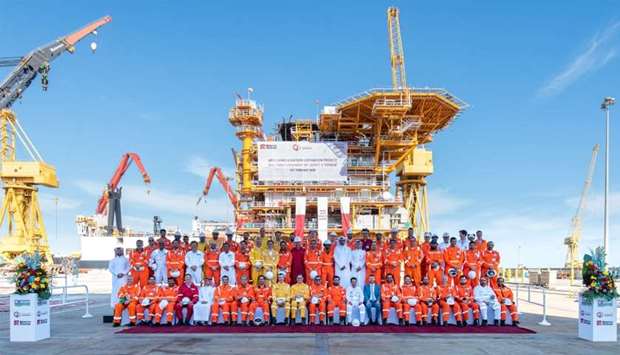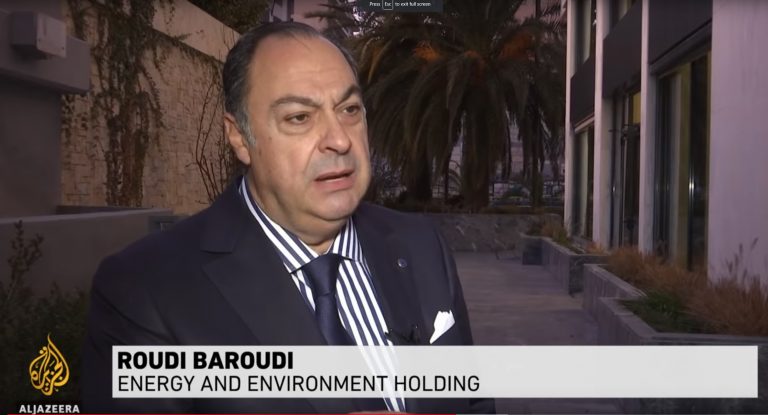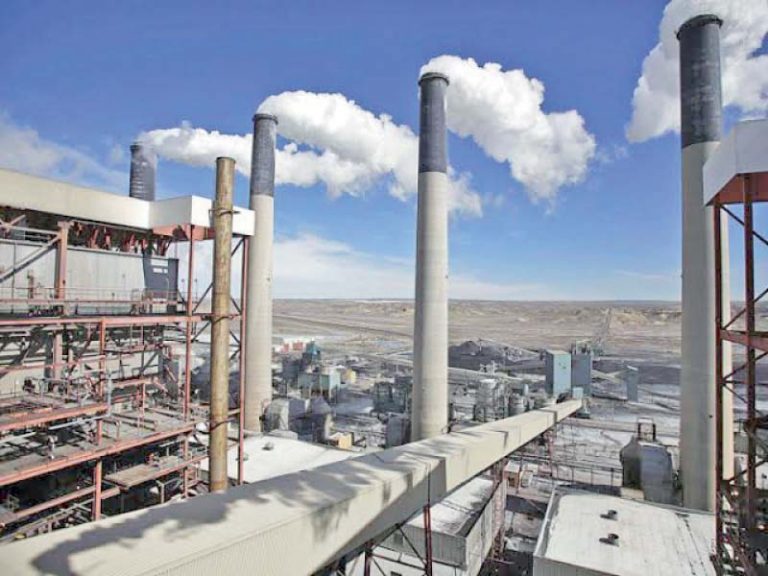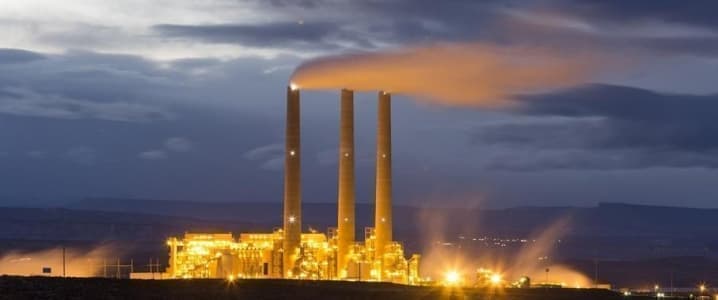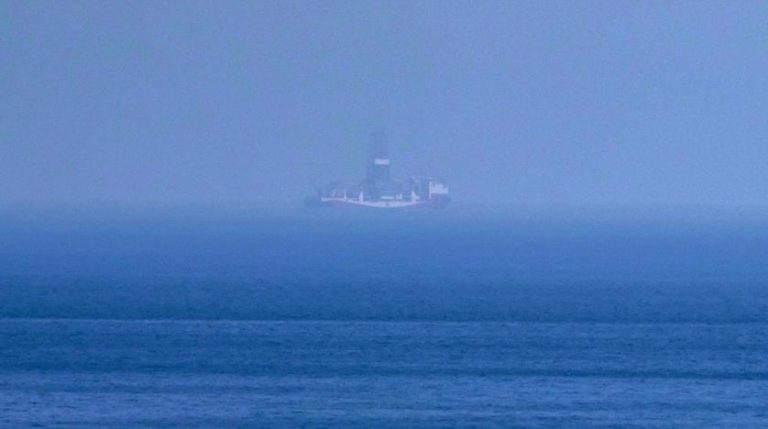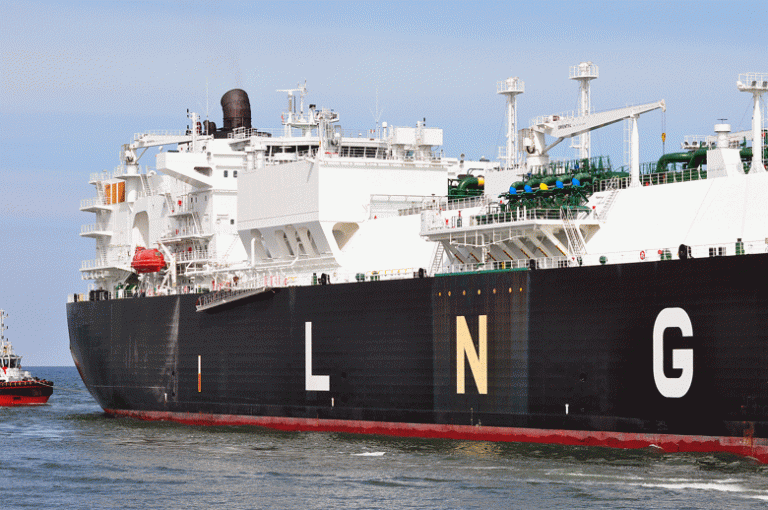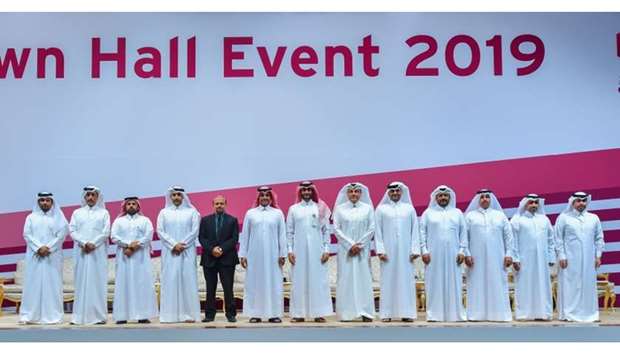US says it has thwarted $6bn Russia-Germany gas pipeline

Bloomberg/Munich
President Donald Trump’s top energy official said he’s confident that Russia won’t be able to complete the Nord Stream 2 gas pipeline in the Baltic Sea — and signalled that the US will press forward with its opposition to the project.
Asked about Russian efforts to circumvent US sanctions on the pipeline by completing it on its own, US Energy Secretary Dan Brouillette said “they can’t” — and dismissed claims that project owner Gazprom PJSC will face only a short delay.
“It’s going to be a very long delay, because Russia doesn’t have the technology,” Brouillette said in an interview at the Munich Security Conference on Saturday. “If they develop it, we’ll see what they do. But I don’t think it’s as easy as saying, well, we’re almost there, we’re just going to finish it.”
The pipeline, which would pump as much as 55bn cubic metres of natural gas annually from fields in Siberia directly to Germany, has become a focus for geopolitical tensions across the Atlantic. Trump has assailed Germany for giving “billions” to Russia for gas while it benefits from US protection.
Nord Stream 2’s owners had invested €5.8bn ($6.3bn) in the project by May 2019, according to company documents.
US sanctions in December forced Switzerland’s Allseas Group SA, which was laying the sub-sea pipes, to abandon work, throwing the project into disarray. The US has said Europe should cut its reliance on Russia for gas and instead buy cargoes of the fuel in its liquid form from the US.
“It’s distressing to Americans that, you know, Germany in particular and others in Europe would rely upon the Russians to such a great degree,” Brouillette said, adding that he is unaware of additional sanctions should Russia move to defy the US.
Even as he spoke, signs emerged that Gazprom’s attempts at completion may be underway. A Russian pipe-laying vessel, the Akademik Cherskiy, left the port where it had been stationed in Nakhodka on Russia’s Pacific coast last Sunday. Russian Energy Minister Alexander Novak last year mentioned that vessel as an option to complete the pipeline in Denmark’s waters. The vessel is now expected to arrive in Singapore on Feb. 22, according to ship-tracking data on Bloomberg.
Akademik Cherskiy pipe-laying vessel started moving, only to indicate Singapore as its next indication.
While Gazprom has said it’s looking at options to complete the pipeline, it hasn’t given any details on where it will find the ship to do the work. One of the pipeline’s financial backers, Austrian gas and oil company OMV AG, has predicted that the Russians will follow through. “From my point of view, they will find a solution,” Rainer Seele, OMV’s chief executive officer, told Bloomberg on Saturday.
The pipeline was just weeks away from completion, with 94% already constructed, when US sanctions halted work. There’s a small section in Denmark’s waters that needs to be finished. Before the halt, Nord Stream 2 hoped to finish construction by the end of 2019 or in the first few months of this year. That would allow gas deliveries in time to supply Europe by winter 2020-2021.
Besides OMV, Nord Stream 2’s other European backers

